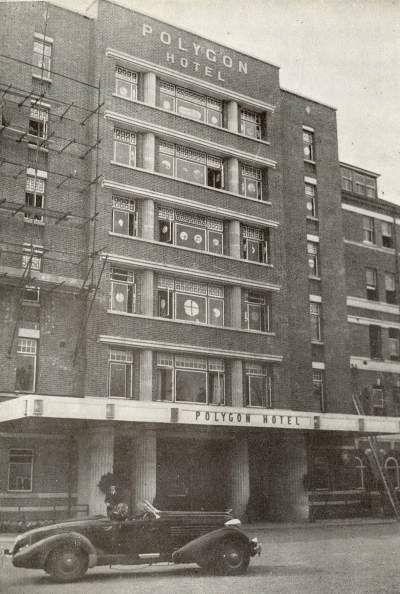75th Anniversary of Supermarine Dispersal
- David Key
- Sep 24, 2015
- 3 min read

Seventy five years ago the ‘The Battle of Britain’ was raging in the skies over southern England. It reached a climax on 15th September as the RAF repulsed massive attacks by the Luftwaffe. Ironically, the RAF’s success in preventing the Luftwaffe gain air superiority forced them to turn their attention to the factories where the planes were built. For the Spitfire, almost exclusively built in the Supermarine factories at Woolston and Itchen, this unwelcome attention was to come all too quickly. Cunliffe Owen’s hangar at Eastleigh airport had already been hit a few days earlier. Now, at the height of the battle, German bombers mounted an attack on Southampton. The raid was largely unsuccessful, the factories hardly damaged, but local homes were badly hit. It was a sign of things to come.

On September 24th and 26th bombers attacked the Supermarine factories causing substantial damage to the area and inflicting serious casualties, many from a direct hit on an air raid shelter. Surprisingly, although the buildings were damaged the tools had miraculously escaped and, following the earlier raid, some production had already been ‘dispersed’ to other locations in Southampton. However, production was temporarily stalled and, as the intensity of the raids increased, it became clear the local dispersal was inadequate and a complete and immediate dispersal was ordered by Lord Beaverbrook, the Minister for Aircraft Production.
With the main factory buildings unusable the design staff moved temporarily to the University of Southampton whilst the production workforce moved into the requisitioned workshops and restarted production. A remarkable feat considering the circumstances, as Southampton was now under intense daily bombardment as bombs and firestorms devastated the city.
Over the following weeks, as the massive ‘shadow factory’ at Castle Bromwich finally began to deliver Spitfires, Supermarine began identifying suitable sites for their ‘full dispersal’. In the south of England four production areas were identified; centred on Salisbury, Reading, Trowbridge and Southampton. In each, a myriad of factories, workshops, garages, even a laundry, were requisitioned (not always willingly) by the Ministry for Supermarine. Each area’s workshops made specific parts that would be put together at their final assembly area and local airfield, from where the finished planes could be flown to the RAF bases by the men and women of the Air Transport Auxiliary.

To coordinate the requisition and smooth running of the workshops the Supermarine production team had initially moved to the Polygon Hotel in Southampton. This was always a temporary move and soon the Ministry had identified a more suitable site, in Hursley.
In Hursley, after her husband's death in early 1940, Lady Cooper had planned to offer Hursley House for use as a military hospital, as in she had done in the Great War. However, the events in Southampton meant Hursley Park was instead seen as an ideal location to accommodate the displaced Supermarine production and design teams.
In October the Ministry leased Hursley Park’s house & grounds from Captain Sir George Cooper, Lady Cooper’s eldest son and Sir George’s heir. The lease allowed Lady Cooper and staff to retain several rooms on the first and upper floors of Hursley House but the remainder of the house and grounds would become the new headquarters of Supermarine.
On 7th December 1940 Lady Cooper welcomed her new ‘guests’ with a large floral Spitfire display as the ground floor became crammed with drawing boards belonging to the Design Office’s draughtsmen and tracers and desks of the Technical Office. Rooms on the upper floors became offices for senior management, Ministry and RAF liaison and many of Supermarine’s administrative staff. In the basement the wine and linen stores were converted into photographic and chemical stores. In the stable yard a hangar was erected to allow test and prototype work to continue.

In the village, Southend House was requisitioned for Supermarine’s finance department and staff social club. At Hiltingbury, pre-fabricated huts were erected to house worker’s families displaced from Southampton by the bombing. Others had to be brought by bus each day. The sight of double-decker buses racing each other at breakneck speed down Hursley Road was to become a lasting memory for many locals and Supermariners alike.
Supermarine were to remain in Hursley for seventeen years, but that is another story...






























Comments